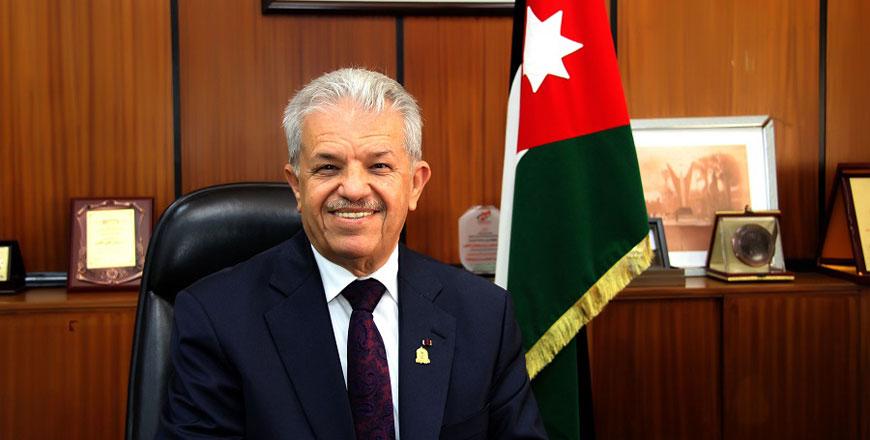You are here
Preserving Jordanian heritage: story of Jabel Abu Thawwab
By Saeb Rawashdeh - Jul 23,2024 - Last updated at Jul 24,2024

Zeidan Kafafi
AMMAN — Some of the main issues regarding the preservation and protection of cultural heritage are urban development, looting, and vandalism. The archaeological sites located on commercial lands often become victims of urbanisation and population growth.
One such site is Jabel Abu Thawwab, located between Amman and Jerash, some 18 kilometres north of Amman.
"It was discovered by chance during the beginning of the eighties of the last century when Elizabeth and Colin Gillet were driving back to Amman after a visit to Jerash. It happened that Elizabeth noticed a young donkey, which had been asleep in the middle of the main road, and gave directions to her husband, Colin, to stop and to drive it off the street and into the field, for safety. During this operation, the man, Colin, noticed pottery sherds and flint tools spread over the surface of the site, which invited him to collect some of them and show them to the late James A. Sauer [at the time, the director of American Centre of Research in Amman]," remembered the scholar Zeidan Kafafi, former president of Yarmouk University in Irbid.
After analysing finds, Sauer dated the sherds to the Late Neolithic and Early Bronze Age periods.
The site originally extended about 200 metres from east to west and at least 300 metres from north to south. To the west edge of the site lies Wadi Rumman, which empties into the Zarqa River where natural caves and shelters are visible alongside the wadi.
As a result of the first seasons in the mid-1980s, architectural remains and several other objects dated to the Late Neolithic and the beginning of the Early Bronze Age I were uncovered.
"During the second season of excavations, a large team, including M.A. students of the Yarmouk University and another sixteen American exchange students, joined the dig as volunteers. As a result, a large area of the site extending over three areas was excavated," noted Kafafi, adding that the survey proved that the area had been densely and continuously occupied through the ages.
The results of the rescue excavation were published as a monograph titled" Jabel Abu Thawwab [Rumman], Central Jordan. The Late Neolithic and Early Bronze Age I Occupation" by the German Alexander von Humboldt Foundation.
"In our discussion, we have presented an archaeological site which existed for around 8,000 years, but alas it has been demolished due to modern human activities. It must be pointed out that archaeology should not stand as a hindrance to modern development. Quite the opposite: it should help in one way or another towards reaching this goal," noted Kafafi, adding that this cultural heritage comprises the identity and history of people and countries and has to be saved for generations to come.
The fine balance between the urban development for the growing Jordanian population and the protection, conservation, and presentation of the rich cultural heritage should be established. Otherwise, some of our historical treasures would be lost forever.
Related Articles
AMMAN — Located some 500 metres from the old Amman-Jerash road, Tell Abu Suwwan represents one of the Neolithic mega sites whose occupation
AMMAN — Evidence of human occupation in wadis from the Jordanian central massive goes back to the Palaeolithic period as it was evidenced in
AMMAN — Wadi Rum is a desert on the southern part of Jordan also known the Valley of Moon.














